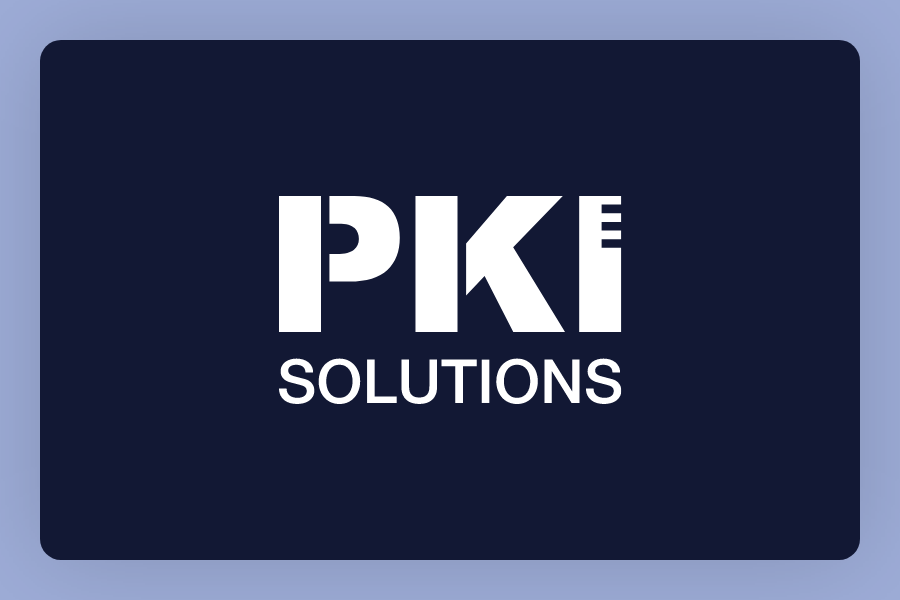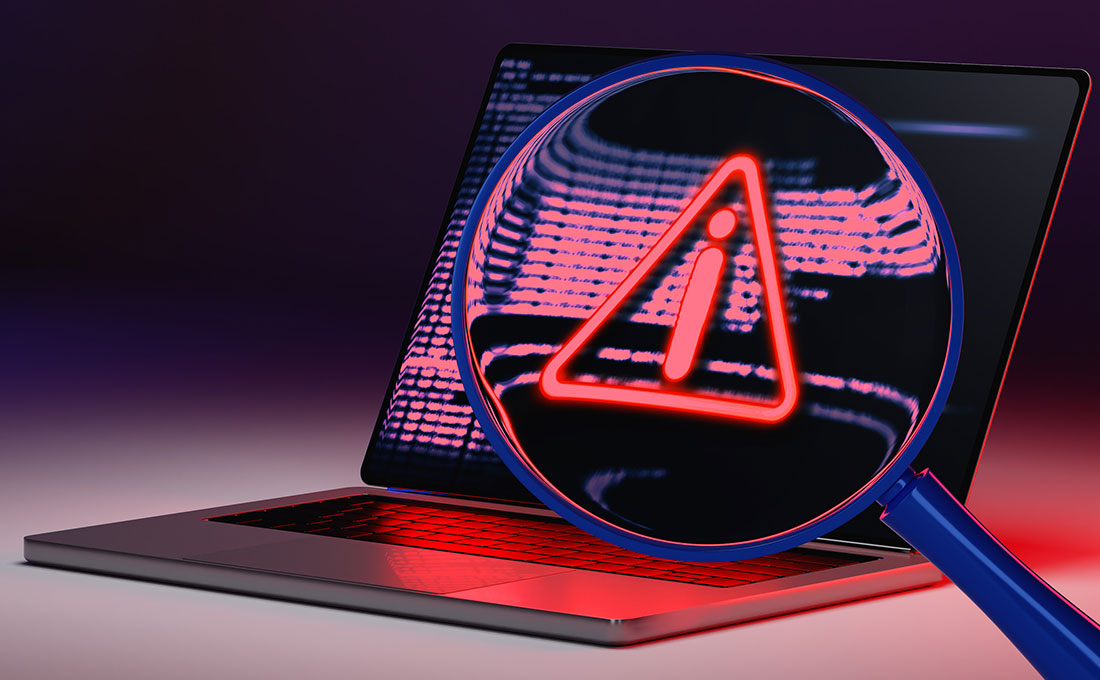PKI Insights Recap - PKI Posture Management for Digital Certificates
Elevating Your Security with PKI Posture Management
In our April’s PKI Insights webinar, my colleague Nick Sirikulbut and I took a deep dive into the essential and relatively new field of PKI Posture Management. I’m here to share the intrinsic value and risk mitigation from adopting this approach to secure the very foundation of your organization’s digital trust.
Understanding PKI Posture Management
As enterprises increasingly rely on digital certificates for a myriad of security measures—firewalls, SSO, cloud services, and beyond—the management of the systems that create these certificates – PKI, cannot be taken lightly. PKI Posture Management, a concept recently recognized by Gartner Research (“Effectively Manage Your Organization’s Certificates” (Document G00804504)), involves a 360-degree approach that extends far beyond out of date certificate issuance and lifecycle management only approaches. It demands continuous, real-time management and assessment to ensure organizations are resilient and secure, including their PKI systems.
Why Prioritize PKI Posture Management?
The reliance on PKI is at an all-time high. We’re deploying digital certificates at a pace never seen before, from mobile devices to complex cloud-based systems. This expanding use case underscores the need for an infrastructure that’s not just operational but resilient and secure. The modern enterprise is highly dependent on digital certificates and PKI, and a loss due to security issues or lack of resilience can financially impact an organization’s bottom line.
In our webinar, Nick and I emphasized that PKI isn’t just a “set it and forget it” operation. A seemingly benign misconfiguration in a CA, unnoticed for years, could one day result in widespread system failures. It’s precisely this potential for hidden, systemic risks that PKI Posture Management seeks to mitigate.
Debunking the Black Box Myth
PKI and digital certificates often function out of sight, which can lead to a false sense of security. A real-life incident that comes to mind is a major automotive manufacturer on the verge of a PKI catastrophe. A simple configuration error threatened the validity of certificates in every car off the assembly line. This “black box” approach to managing PKI is what we’re moving away from. Visibility and proactivity are key.
The Limitations of Certificate Lifecycle Management (CLM)
While CLM plays an important role in the automated distribution of certificates, it is not a panacea for PKI challenges. CLM is focused on the digital certificates and the end-points that use them. CLM solutions make a huge assumption that the PKI is secure and functioning and does nothing to ensure it. PKI Posture Management complements CLM by focusing on the pillars that define the availability and security of certificates: the security, resilience, and operational integrity of the PKI itself.
Integrating PKI Posture Management: A Strategic Imperative
As we advance in the digital age, the integration of PKI Posture Management into our cybersecurity framework is not just advisable; it’s imperative. PKI Solutions’ goal is not merely to advocate for this approach but to provide the insights and tools you need to implement it effectively.
By embracing PKI Posture Management, you’re not only keeping the lights on—you’re ensuring that every aspect of your digital infrastructure is illuminated and protected. I invite you to watch our webinar for an in-depth look at how PKI Posture Management can fortify the bedrock of your cybersecurity.
In the spirit of sharing knowledge and fostering security, let’s not only keep the conversation going but also act on it.

Mark B. Cooper
President & Founder at PKI Solutions, Leading PKI Cybersecurity Subject Matter Expert, Author, Speaker, Trainer, Microsoft Certified Master.
View All Posts by Mark B. Cooper
 Schedule a Demo
Schedule a Demo


